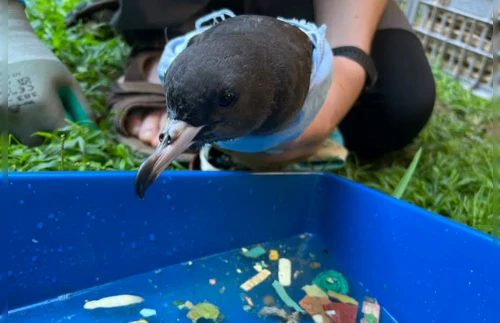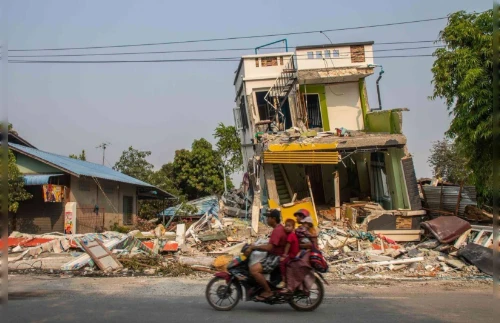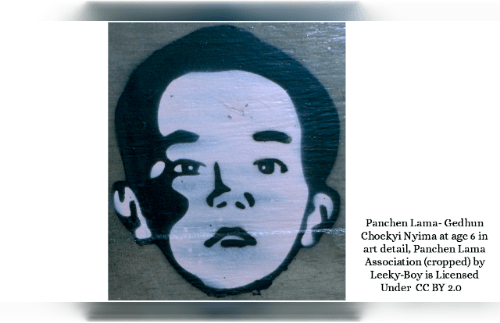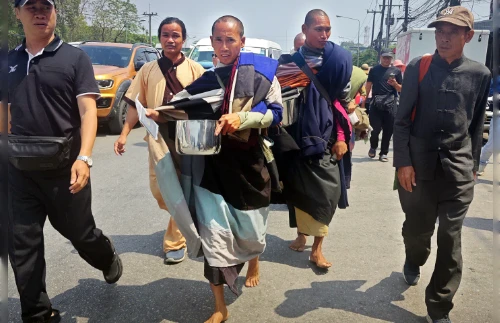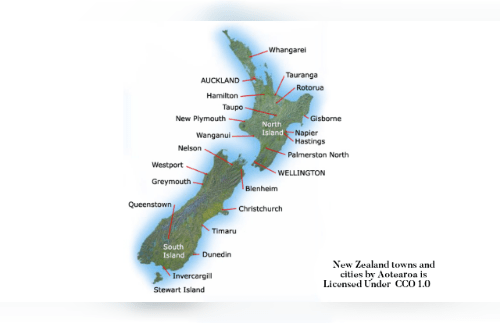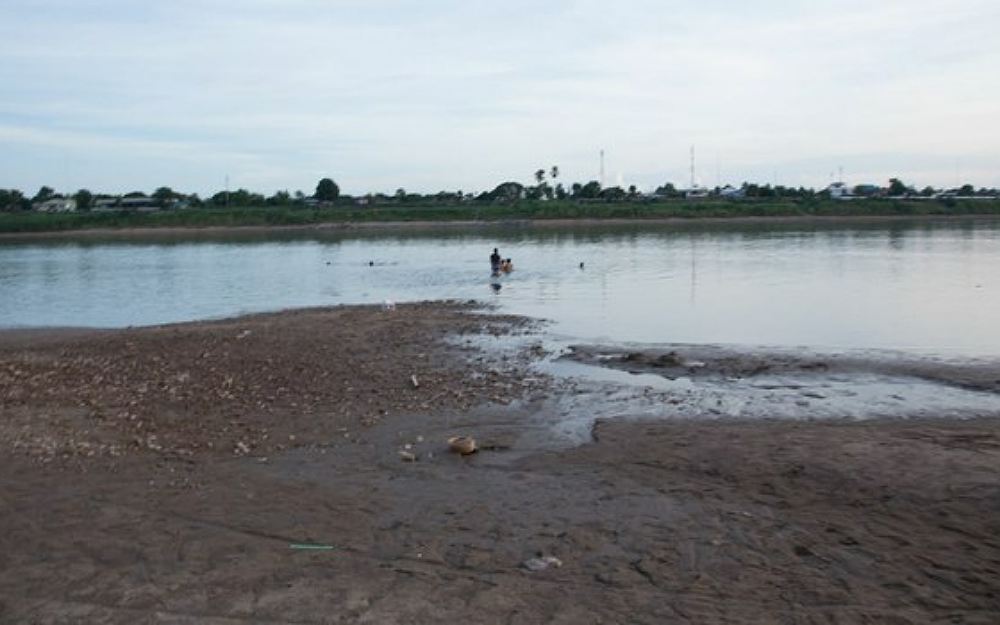
Än extensive drought in Southeast Asia that has lasted since the beginning of this year is creating difficulties for people dependent on the Mekong river and its tributaries.
In Laos, the problem has fallen hard on the many people living along the Mekong in farming and fishing villages.
“It’s drier than last year. There’s a drought because we are getting less rain,” an official of Laos’ Ministry of Natural Resources and Environment told RFA’s Lao Service recently. The official said that the low rainfall is not the only cause of water scarcity in Laos.
“The Jinghong dam in China [which is upstream] has also closed its gates, because maybe water levels in its reservoir have dropped too low,” the official said.
The official added that the drought is expected last well into late this month.
In the Vientiane Capital region, the Mekong’s water level is now slightly less than a meter, about 7 meters lower than its typical height at this time of year.
A recent RFA Lao Service video shows that the Mekong’s water level is so low in Vientiane that it isn’t even flowing. There are puddles where kids can swim easily and rocks and sand that would otherwise be underwater are plainly visible.
Among people adversely affected by the drought in Xayaburi province interviewed by RFA, some of the farmers in the province’s Ken Thao district said they were unable to plant rice this season for lack of water.
“It’s dry. People are complaining there is no water for rice planting,” said a farmer in the district’s Nabon village.
Last year it wasn’t this dry, but this year, because there is no rain, all the rice fields are parched,” the farmer said.
The farmer estimated that the drought is affecting at least 300 families in the village because there is no water for irrigation.
Another farmer from nearby Hatdeng village described similar difficulties and the inability to plant.
An official from Xayaburi’s Agriculture and Forestry department said that the irrigation system’s design is to blame for farmers’ lack of access to water.
“Yes, the irrigation system could not provide enough water to farmers because the system is made of soil. It cannot contain water,” said the official.
The problem is being exacerbated by dams along the Mekong closing their gates. On June 29, the Xayaburi dam, Laos’ first Mekong river dam, started running tests. Those living downstream had to cope with lower water levels.
“In my area, three or four villages have been affected by the closure [of the dam’s gates]. It’s too dry. The water level has dropped and the dam is not releasing water,” said a resident of Thasavang village in Xayaburi’s Pak Lay district.
Another villager said, “The water dropped 9 meters. Many boats are getting stuck on the Mekong’s banks.”
The dam began releasing water between July 17 and July 20. The dam issued a warning on July 16 saying that people living near the river should prepare, as the release of water will result in lower water levels upstream and higher levels downstream.
The notice also warned that the Mekong River water levels downstream would increase by 75 centimeters. But according to a villager who lives just downstream, the water level has risen only 40-50 centimeters two days after the discharge began.
The coordinator of the Xayaburi Hydropower Company also issued a statement on July 18, 2019 telling locals that the discharge would not affect them much.
Likewise, a representative of, CH. Karnchang, the dam’s developer, said “We’re still testing today, but the testing is almost finished.”
“It won’t affect people at all because the construction of the dam. We passed the standard EIA [Environmental Impact Assessment],” the representative said.
Premrudee Daoruang, coordinator of Laos Dam Investment Monitor (LDIM), said that the drought is “caused by the combination of global warming and dams.”
“In the last few years, at least the last five years, drought conditions are getting worse. It rains less in the North. They the locals say the problem in the lower Mekong region is the dams because the dams make the droughts worse,” she said.
“China is also experiencing a drought, so [they] close and open [their] dams, causing changes downstream,” she said, while also citing the Xayaburi dam in Laos as a contributor to the problem.
According to International Rivers, an environmental advocacy NGO, there are seven dams along the Mekong River within China, with 20 more planned or under construction in Yunnan and Qinghai provinces and the Tibet Autonomous Region.
International Rivers also details the Lao hydropower development plan including 72 new large dams, 12 of which are under construction and nearly 25 in advanced planning stages.
The Lao government says the dams will help pay for anti-poverty and other social welfare programs, but the NGO asserts that much of the power generated by Laos is sold to neighboring countries and then resold to Laos at higher rates.
“China is also experiencing a drought, so [they] close and open [their] dams, causing changes downstream,” she said, while also citing the Xayaburi dam in Laos as a contributor to the problem.
According to International Rivers, an environmental advocacy NGO, there are seven dams along the Mekong River within China, with 20 more planned or under construction in Yunnan and Qinghai provinces and the Tibet Autonomous Region.
International Rivers also details the Lao hydropower development plan including 72 new large dams, 12 of which are under construction and nearly 25 in advanced planning stages.
The Lao government says the dams will help pay for anti-poverty and other social welfare programs, but the NGO asserts that much of the power generated by Laos is sold to neighboring countries and then resold to Laos at higher rates.
Reported and translated by RFA’s Lao Service. Written in English by Eugene Whong.
Copyright © 1998-2016, RFA. Used with the permission of Radio Free Asia, 2025 M St. NW, Suite 300, Washington DC 20036. https://www.rfa.org





